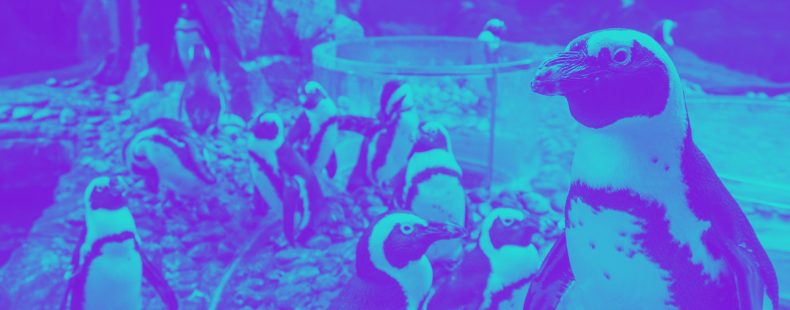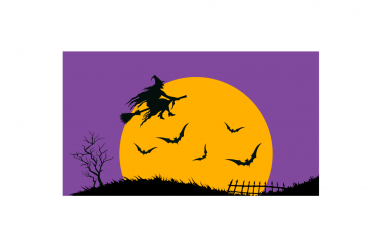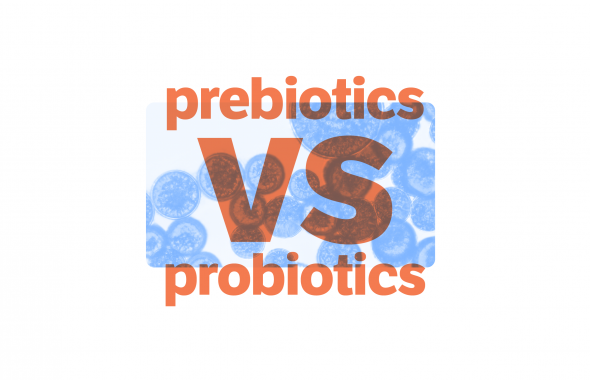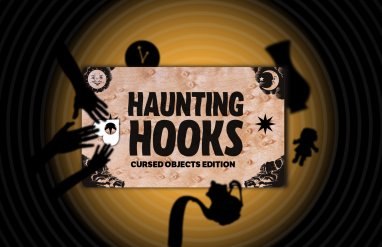One of the easiest and most fun learning activities to do while distance learning is to take a virtual field trip. During the Covid-19 pandemic, educational spaces like museums, national parks, and even NASA are opening their doors for virtual tours. For kids who love learning about animals and the environment, one recommended stop is Georgia Aquarium.
Even if you don’t live anywhere near Atlanta, you can still visit Georgia Aquarium via their amazing webcams. These virtual tours give families a close-up view of beluga whales, jellyfish, alligators, a coral reef, and the aquarium’s Ocean Voyager exhibit, which is one of the largest single aquatic exhibits in the world. The exhibit is home to four whale sharks, four manta rays, and thousands of other fish and marine animals.
To learn more about these animals and hundreds of others, check out Georgia Aquarium’s animal guide!
To help you get into full teacher and tour-guide mode, we’ve teamed up with Georgia Aquarium to put together an educational language guide for you to reference as you’re exploring the aquarium with your kids. Here are some words and phrases to help learners at every level get the best out of their virtual field trip experience.
Gill
Fish don’t breathe the same way that humans do. Fish have gills!
A gill is the respiratory organ of aquatic animals that allows them to breathe the oxygen that is dissolved in the water. Water is forced past the fish’s gills, which contain a number of tiny blood vessels. Oxygen seeps into the fish’s blood through these tiny gills, and carbon dioxide seeps out.
Blubber
It can get awfully cold in the ocean. Whales, dolphins, and some other animals stay warm thanks to blubber.
It sounds like a type of DIY slime, but it’s actually a layer of body fat between the skin and muscles of marine animals. This layer of fat insulates the animal from heat loss and can even serve as a food reserve by storing nutrients the animal needs to survive.
Pod
Many animals travel together in groups. When whales or seals live together in a group, that group is called a pod.
Pods are kind of like small herds, and animals in a pod work together to hunt and take care of their young.
Fun fact: other sea creatures have fun animal group names, too! Did you know a group of sea jellies can be called a bloom, a swarm, or a smack?
Vertebrate and invertebrate
There are two main classes of sea animals: vertebrates and invertebrates.
A vertebrate is an animal with a segmented spinal column and a brain enclosed in a skull or cranium. This includes mammals, birds, reptiles, amphibians, and fish.
By comparison, invertebrates are animals that don’t have a skull or backbone, like a sea jelly.
Cnidarian
Invertebrates like sea jellies, sea anemones, and coral are also called cnidarians.
A cnidarian (pronounced “nahy-dair-ee-uh n”) is an animal that belongs to the phylum (or group) called Cnidaria. One thing these animals all have in common is specialized stinging structures in the tentacles surrounding their mouths. These stinging structures are how cnidarians capture their prey.
Sea anemone
Can you say anemone? It’s pronounced uh–nem–uh-nee, and the word describes a number of brightly colored cnidarian animals.
Anemones all have flexible cylindrical bodies with tentacles that surround a central mouth. Sea anemones are related to sea jellies and corals, but they don’t swim freely. They attach to rocks on the sea bottom or on coral reefs, and they resemble flowers.
Anemone comes from a Greek word literally meaning “daughter of the wind.” You might also recall a certain well-known clownfish named Nemo. He lives inside of an anemone!
Reef
Many sea animals live in underwater ecosystems called reefs.
A reef is a ridge of rocks or sand, often of coral debris, at or near the surface of the water. The largest reef in the world is the Great Barrier Reef, which spans 1,250 miles along the coast of Queensland, Australia. It’s so big you can see it from space!
Marsh
Not all water-dwelling creatures live in the ocean. A marsh is also a good place to find these animals too.
A marsh is an area of low-lying wetland in which the level of water is generally shallow and often fluctuates. The water may be either salt water or fresh water, and it may be standing or slow-moving. Marshes have the right kind of environment and nutrients to allow a great number of plants and animals to flourish.
Fins and flukes
Fish can swim thanks to paddle-like organs called fins. These may be attached to the front or sides of a fish’s body, and they’re responsible for steering, balance, and propulsion.
Whales and dolphins mostly use their tails to help them move through the water. Because dolphins and whales dive deep into the water, their strong tails are divided into two triangular sections called flukes, and they use their flukes to help propel themselves forward. It’s like having a giant propeller attached to their bodies!










